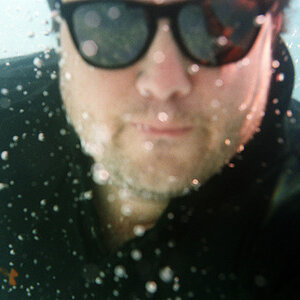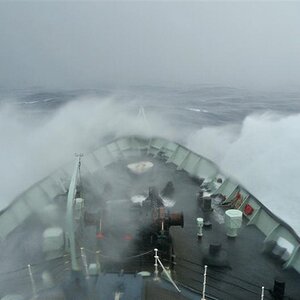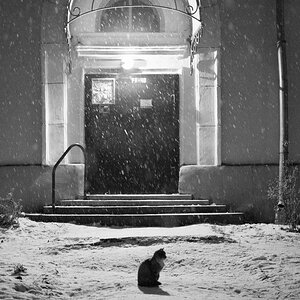The Barbarian
Been spending a lot of time on here!
- Joined
- Dec 14, 2005
- Messages
- 2,076
- Reaction score
- 2,496
- Can others edit my Photos
- Photos OK to edit
I agreed to do a camera club for a middle school, kids 11 to 14. Most have a P&S, or just a cell phone for cameras, but they have a lot of enthusiasm.
Anybody done this before? Any ideas?
Anybody done this before? Any ideas?








![[No title]](/data/xfmg/thumbnail/39/39286-ae386da044402acf92e55d8b68c26af3.jpg?1619738956)



![[No title]](/data/xfmg/thumbnail/39/39291-a89dc472765e04f66f617dd9acc8030d.jpg?1619738958)
